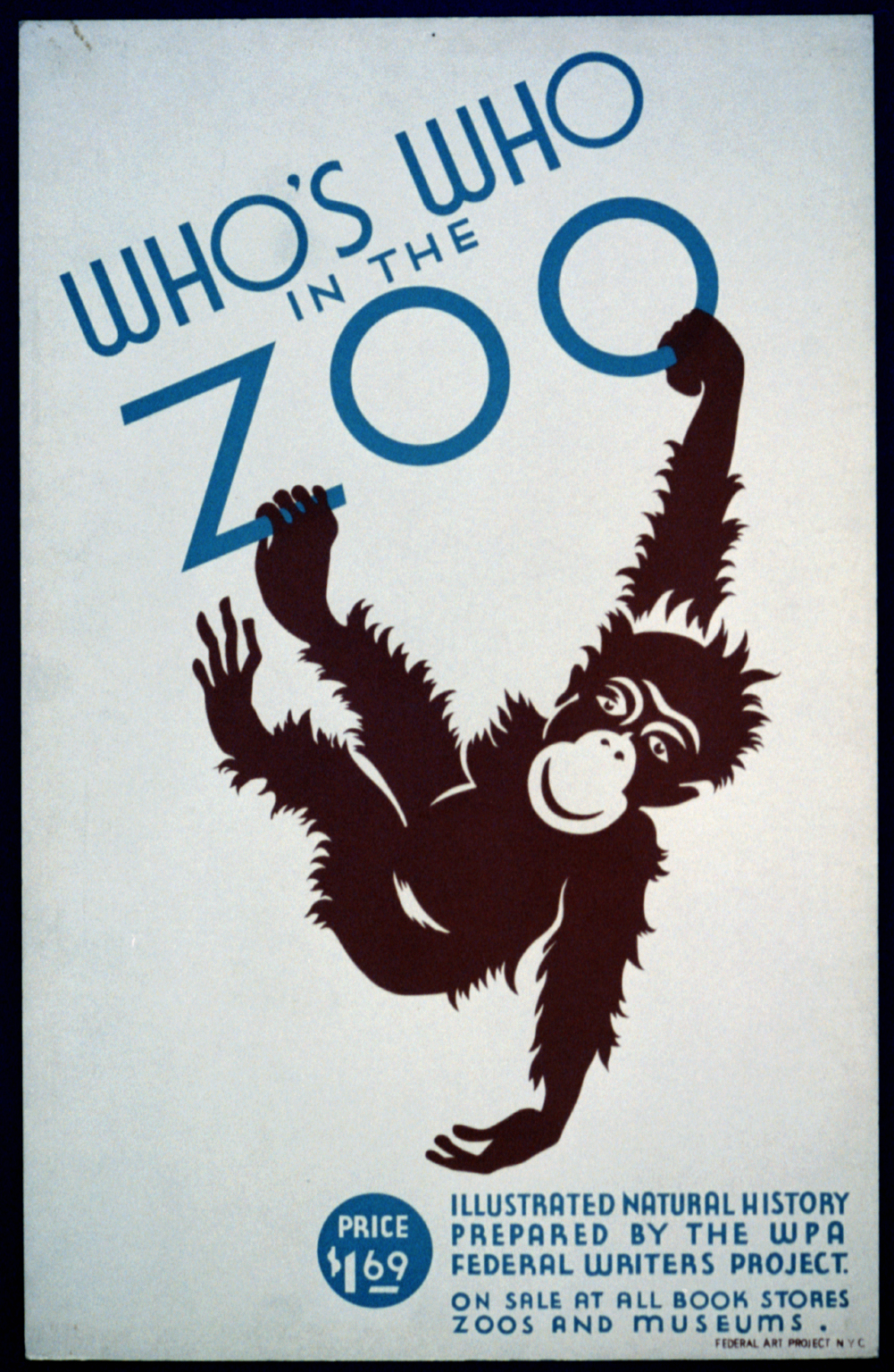Works Progress Administration was a United States government agency created in 1935 to provide jobs for unemployed workers. The agency was also called the WPA. Most of these workers had lost their jobs during the Great Depression, a worldwide economic slump that began in 1929. The WPA was part of the New Deal. The New Deal was President Franklin D. Roosevelt’s program of economic recovery during the Depression. In 1939, the WPA was renamed the Work Projects Administration. Before the WPA was disbanded in 1943, it had provided some employment for about 81/2 million people.

Many WPA projects involved construction work. The agency hired workers to build roads, bridges, parks, airport runways, public swimming pools, and county fairgrounds. Most of these workers were men who were the sole wage earners in their families.
The WPA also created jobs in the arts. The agency hired actors, artists, musicians, and writers. They produced stage plays, concerts, paintings, and post office murals. WPA writers created a series of books that recorded the histories of hundreds of American communities. Some WPA writers interviewed former African American slaves to record their memories.
Critics of the WPA charged that many of its projects involved work that did not need to be done. But Roosevelt and his administrators believed that most of the projects had long-term value. Roosevelt also believed that workers were better off earning jobs and wages than simply receiving welfare checks.
